
NEW LIFE FOR THE LITTLE BELT STARTS ON LAND
We fight for a Little Belt in balance. With four main efforts that reinforce each other. Creating better spawning conditions in watercourses is one of these. Do you want to join us?

We fight for a Little Belt in balance. With four main efforts that reinforce each other. Creating better spawning conditions in watercourses is one of these. Do you want to join us?
What’s going to happen?
For the past 50 years, Møllebækken near Middelfart has been hidden away in a pipe underground. Now it’s over. As part of the expansion of the Funen Motorway, Møllebækken is being resurrected.
The broad outlines have been laid. The construction crews have created a beautiful meandering course with the right gradient. But when the big machines are gone, there is still a lot of work to be done. Namely, making the watercourse attractive for fish and small animals. More than 100 tons of stones and spawning gravel are laid and trees are planted along the watercourse. The gravel provides trout with optimal conditions for spawning. Stones and trees will provide hiding places and shade so that the fry can survive until they head out to sea.
Join us. Join local anglers and other nature enthusiasts in creating the basis for new life in the river.

Mads is your guide for the day. He’s bubbling over with lots of stories about a belt in balance.
Why is it important?
The balance in Little Belt is broken. There are too few large predatory fish such as cod and trout. Without these fish, the crabs have no natural enemies. Therefore, there are far too many crabs in the belt. They destroy the eelgrass. At the same time, many stone reefs have been removed from the belt. Both put pressure on the fish fry. Without the big fish, the porpoises lack food. It’s a vicious circle. We are fighting to break it through four initiatives that reinforce each other.
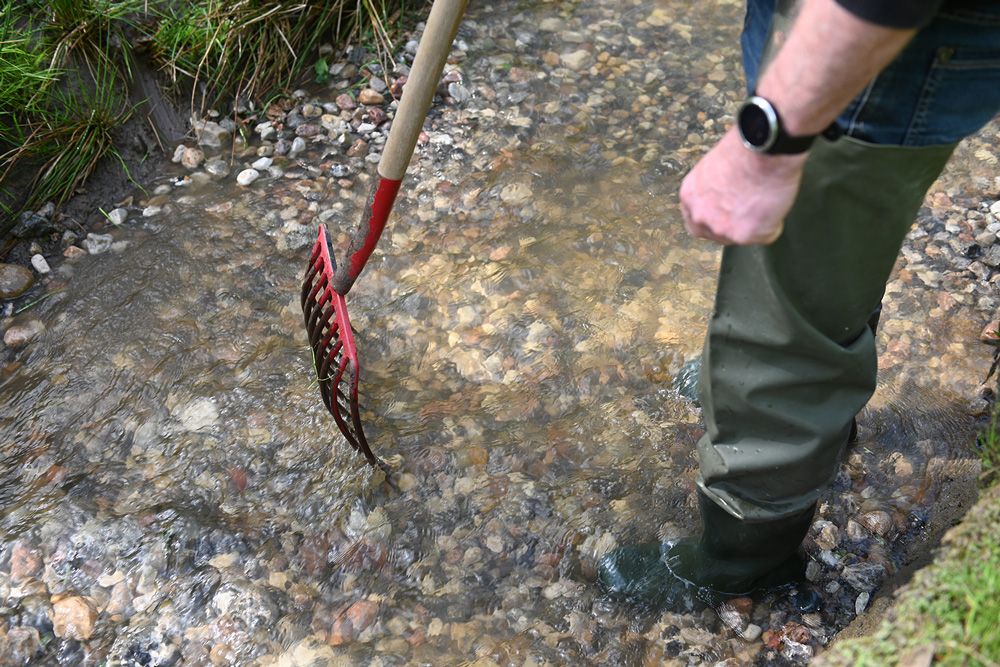
We create better spawning conditions in rivers and streams to ensure more fry
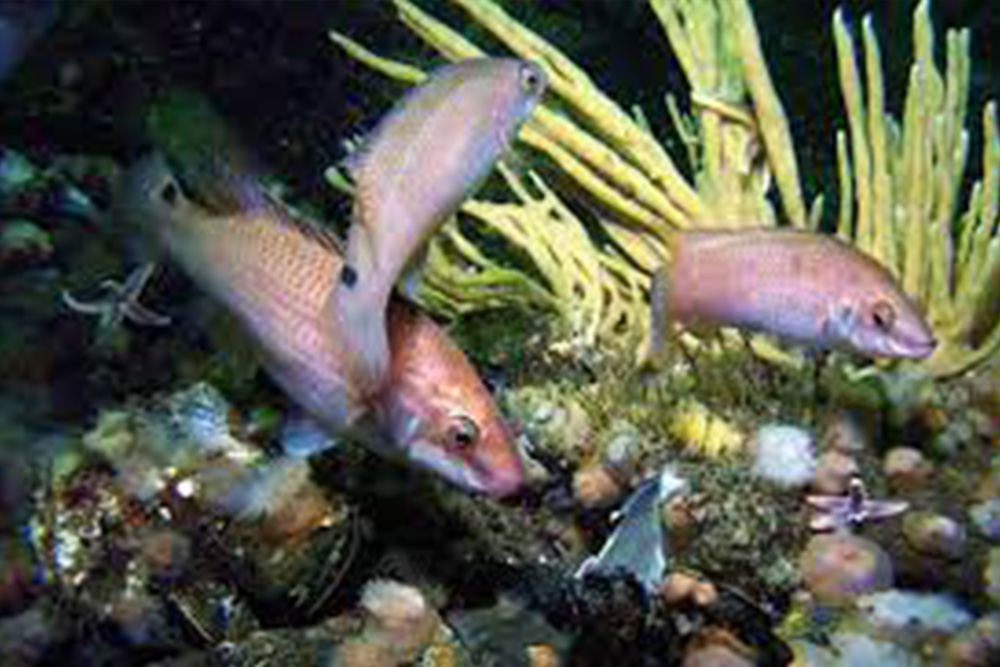
We re-establish stone reefs to increase spawning survival rates
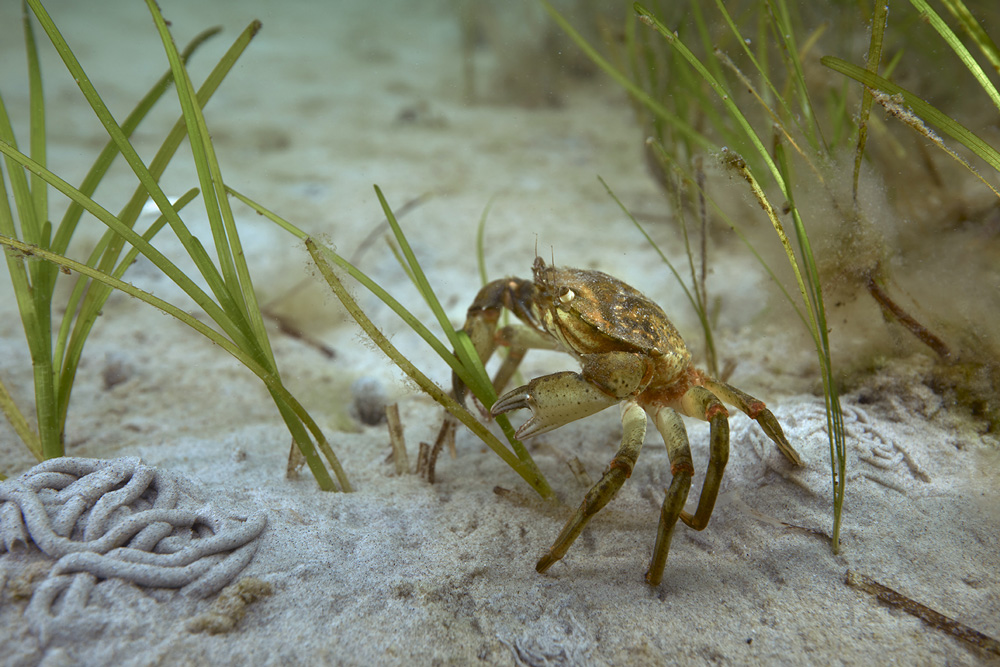
We remove crabs because they destroy eelgrass and eat small fish and fry
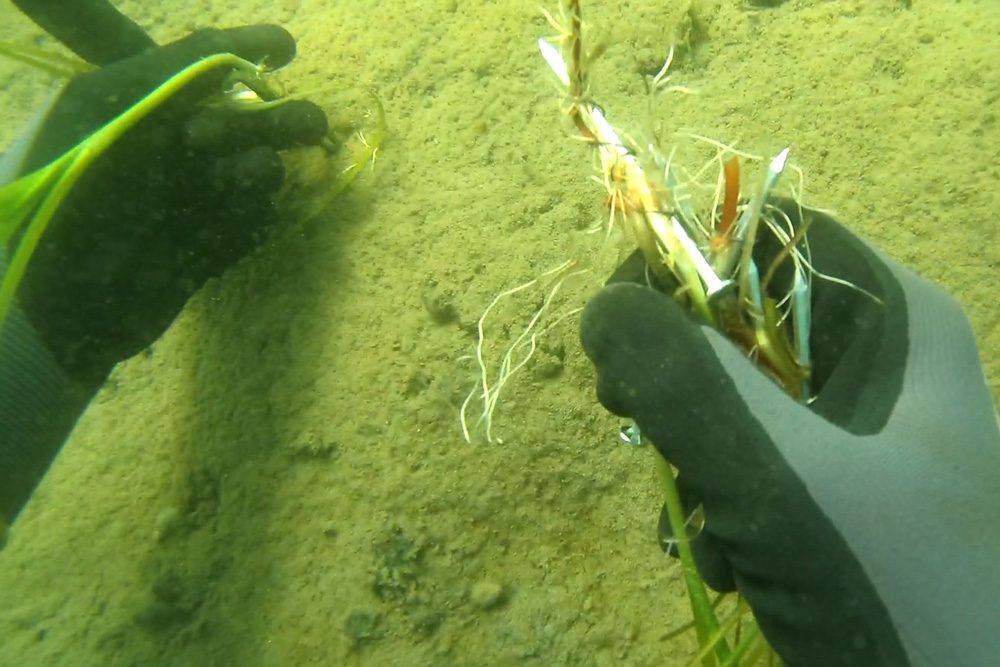
We plant eelgrass to help fish fry survive
Program
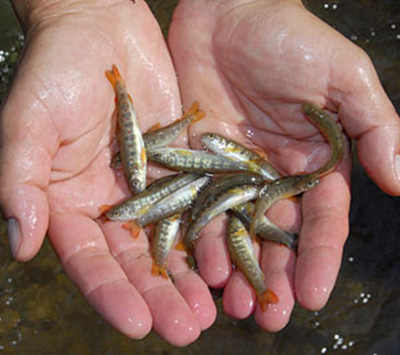
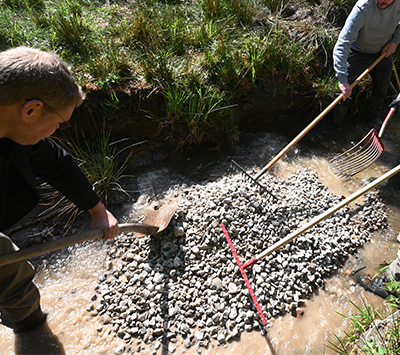
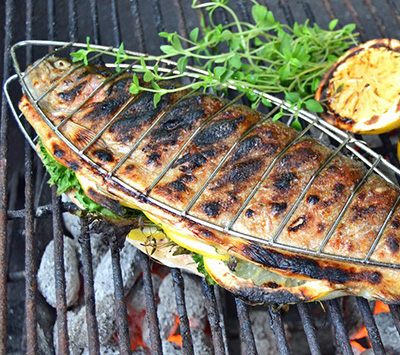
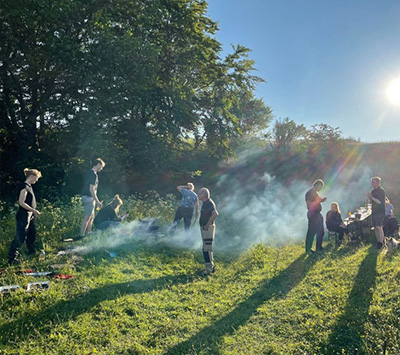
Intro:
Why is the effort important to create a balanced belt? What is the life cycle of the sea trout? Is it even important to have such a small stream with a width of 1-2 meters? Mads introduces the day and you get info about time and the practical.
Why:
The smaller streams are important and highly productive as spawning grounds for sea trout. In another stream near Møllebækken, we have counted up to 160 trout fry per 100 meters of stream. So the potential for Møllebækken is huge.
The task:
Before we get that far, we need to lay out spawning gravel and hiding stones. And we need to establish shade trees and shrubs along the watercourse. If you choose the stone team, you will be involved in placing gravel and stones in the watercourse. You will receive instructions and learn why the spawning gravel must be placed exactly where you place it.
Plant team:
Here you help plant trees of different native species. We plant them in different places along the stream to help create shelter and shade for trout fry, for example. You will also learn about how the fish are positioned in the stream.
Along the way:
We’ll set up a fire on site so you can have a hot drink along the way. You’ll have plenty of time to talk to others who, like you, want to do their bit for nature. Finally, Brian roasts a heavenly sea trout with lots of local herbs in its belly over a slow fire. We enjoy it together with a cozy chat around the fire.
Practical:
Wear appropriate outdoor clothing that fits the weather forecast. Rubber boots are a good choice. You can borrow a pair of waders from us.
Where and when?
Mads and Brian are so ready. An unforgettable day awaits.
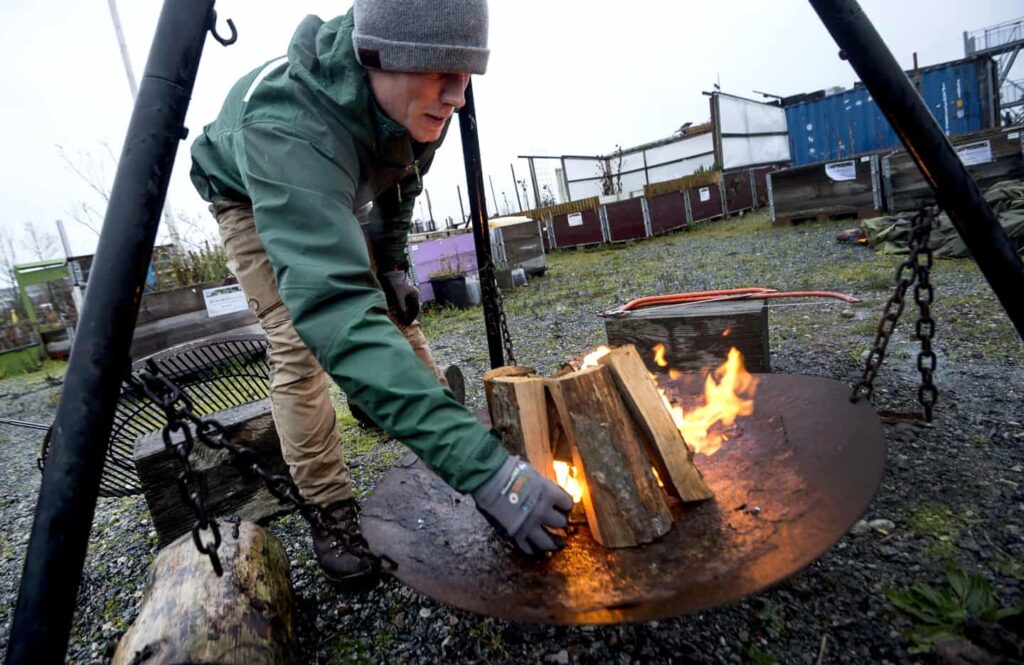
Place: Møllebækken
Time: 7. may 2024 from xx-yy6.
Team size: 10-14 guests/team. Always 2 instructors/guides.
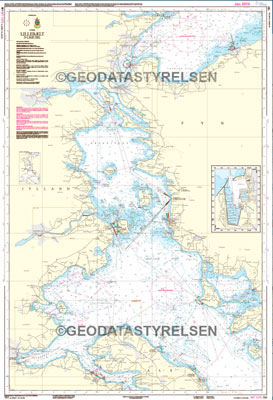
Bring home a great sea trout recipe